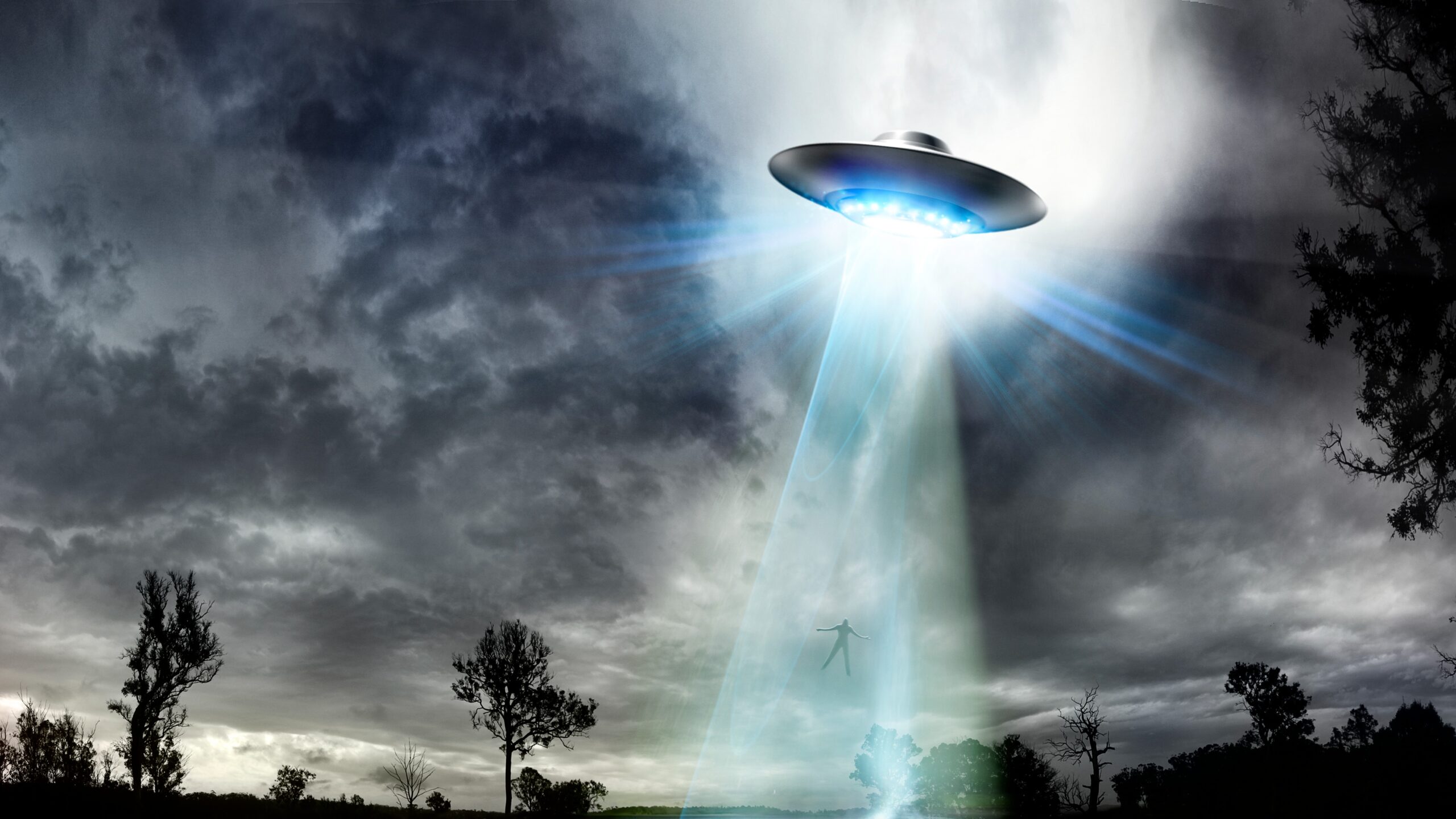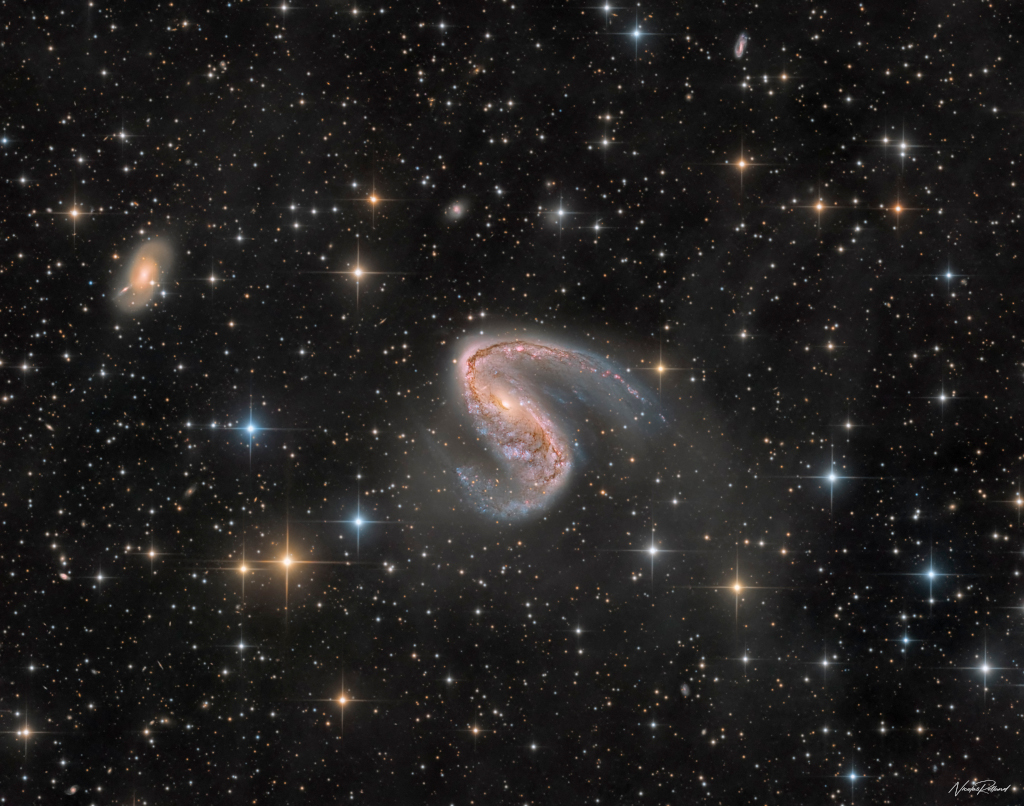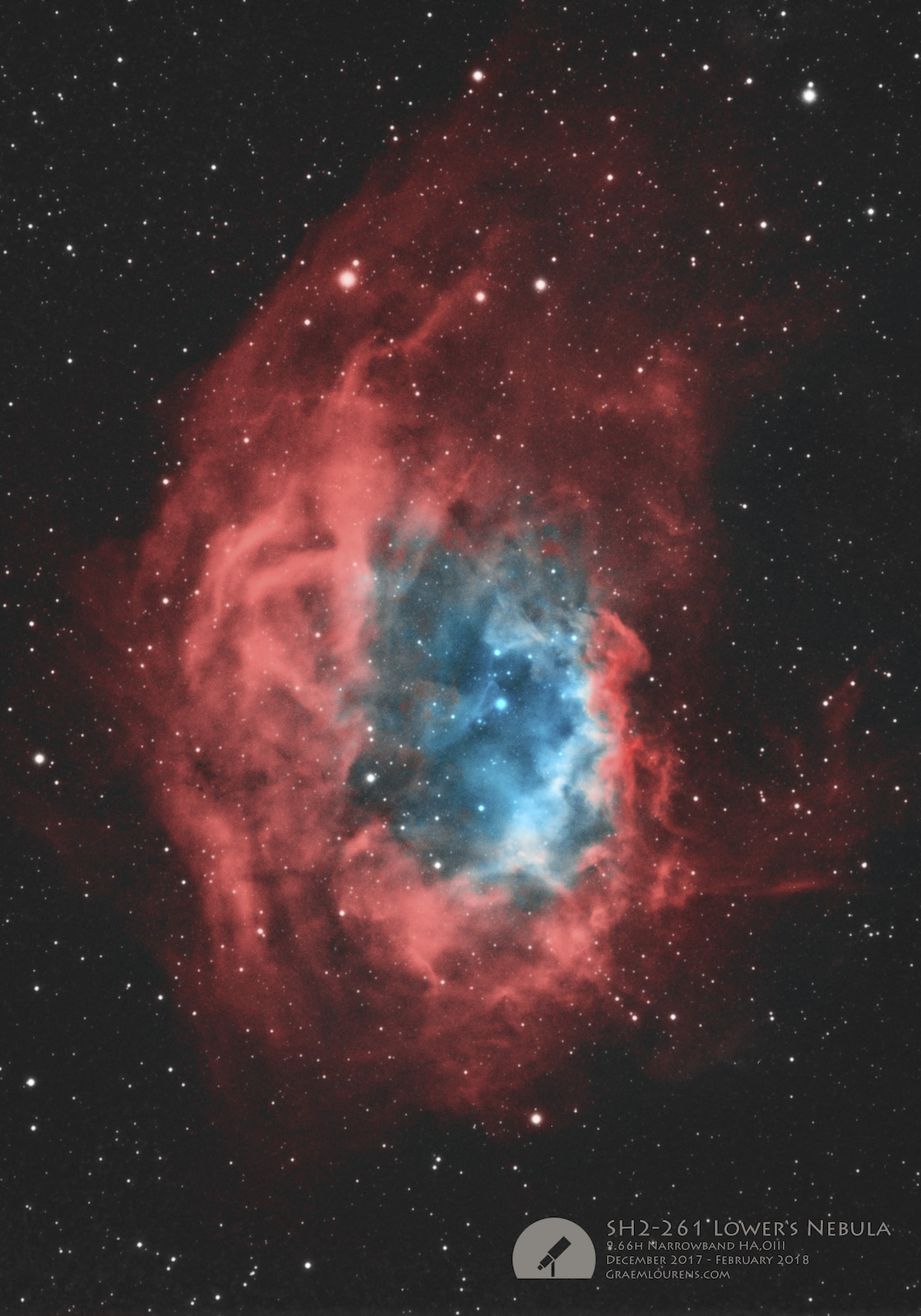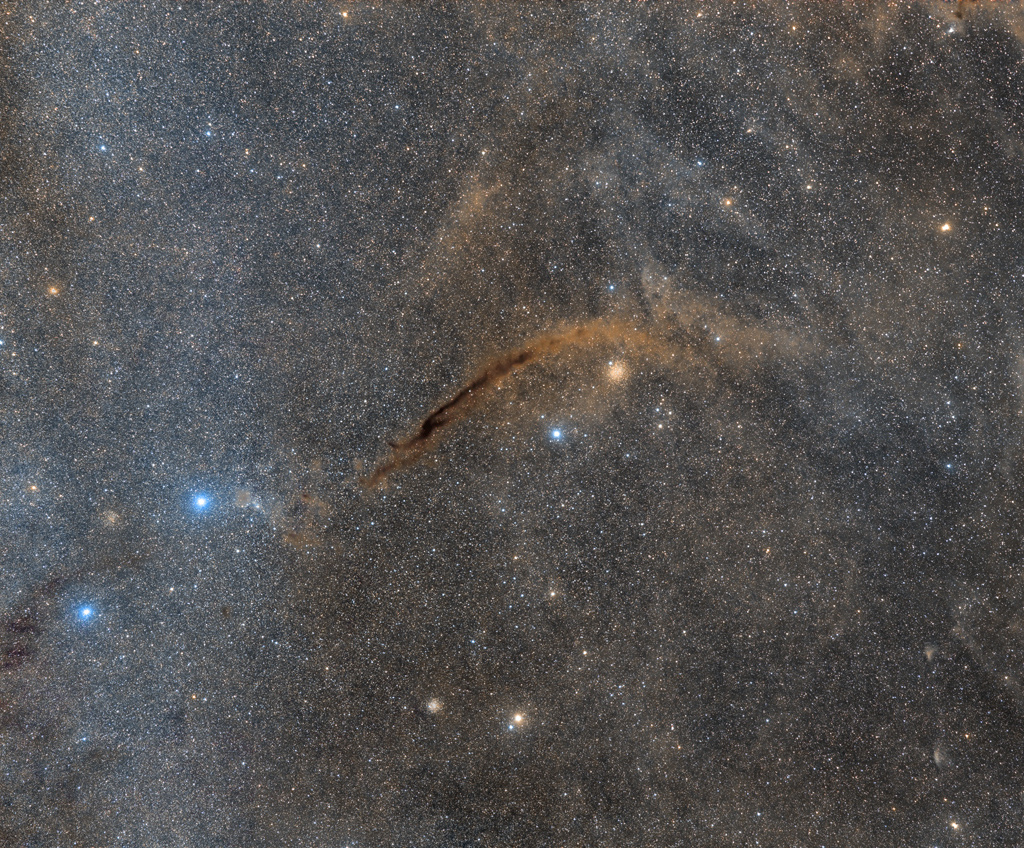Blog
Booker Little Jr. (April 2, 1938 – October 5, 1961) was an American jazz trumpeter and composer. He appeared on many recordings in his short career, both as a sideman and as a leader. Little performed with Max Roach, John Coltrane, and Eric Dolphy and was strongly influenced by Sonny Rollins and Clifford Brown. He died aged 23.
Booker Little Jr. was born in Memphis, Tennessee to Booker, a Pullman porter who was a trombonist, and his wife Ophelia Little, who was a church organist. He also was the brother of Helena, Vivian, and Vera Little(Vera later sung with the London Opera Company). From a musically inclined family, Little naturally gravitated towards music. Like his father, he attempted to learn the trombone but instead choose clarinet at the age of 12. At 14, he finally settled on trumpet as his band director urged him play that instrument. In 1952, Little attended Manassas High School where he would begin his development on trumpet and later graduate. Being in Memphis, Little was able to develop his talent with contemporaries such as Phineas Newborn Jr., George Coleman, Frank Strozier, and his cousin Louis Smith. He was performing with Newborn on a casual basis by his mid-teens.
After graduating, he moved to Chicago, Illinois to continue his studies at the Chicago Conservatory in 1954.At the conservatory, he continued to study trumpet but also incorporated studies in composition, theory, and orchestration with a minor in piano. After years of physical pain, Little died of complications resulting from uremia on October 5, 1961, in New York City at the age 23. He was survived by his wife, two sons Booker T. III and Larry Cornelius, and two daughters Cornelia and Ana Dorsey.
more...Early this morning mick was abducted by extraterrestrial aliens and beamed aboard their spacecraft. They communicated to mick that Trump was not actually a human being but a AI gone haywire and was put here by a deranged species millions of light years from here. They indicated that the true evidence of his identity would be unveiled at a massage parlor in West Palm.

more...
Distorted galaxy NGC 2442 can be found in the southern constellation of the flying fish, (Piscis) Volans. Located about 50 million light-years away, the galaxy’s two spiral arms extending from a pronounced central bar give it a hook-shaped appearance in this deep colorful image, with spiky foreground stars scattered across the telescopic field of view. The image also reveals the distant galaxy’s obscuring dust lanes, young blue star clusters and reddish star forming regions surrounding a core of yellowish light from an older population of stars. But the star forming regions seem more concentrated along the drawn-out (upper right) spiral arm. The distorted structure is likely the result of an ancient close encounter with the smaller galaxy seen near the top left of the frame. The two interacting galaxies are separated by about 150,000 light-years at the estimated distance of NGC 2442.

more...
Gilbert Scott-Heron (April 1, 1949 – May 27, 2011) was an American jazz poet, singer, musician, and author, known primarily for his work as a spoken-word performer in the 1970s and 1980s. His collaborative efforts with musician Brian Jackson featured a musical fusion of jazz, blues, and soul, as well as lyrical content concerning social and political issues of the time, delivered in both rapping and melismatic vocal styles by Scott-Heron. He referred to himself as a “bluesologist”, his own term for “a scientist who is concerned with the origin of the blues”. His poem “The Revolution Will Not Be Televised“, delivered over a jazz-soul beat, is considered a major influence on hip hop music.
His music, most notably on the albums Pieces of a Man and Winter in America in the early 1970s, influenced and foreshadowed later African-American music genres such as hip hop and neo soul. His recording work received much critical acclaim, especially for “The Revolution Will Not Be Televised”. AllMusic‘s John Bush called him “one of the most important progenitors of rap music“, stating that “his aggressive, no-nonsense street poetry inspired a legion of intelligent rappers while his engaging songwriting skills placed him square in the R&B charts later in his career.”
Scott-Heron remained active until his death, and in 2010 released his first new album in 16 years, entitled I’m New Here. A memoir he had been working on for years up to the time of his death, The Last Holiday, was published posthumously in January 2012. Scott-Heron received a posthumous Grammy Lifetime Achievement Award in 2012. He also is included in the exhibits at the National Museum of African American History and Culture (NMAAHC) that officially opened on September 24, 2016, on the National Mall, and in an NMAAHC publication, Dream a World Anew. In 2021, Scott-Heron was inducted into the Rock and Roll Hall of Fame, as a recipient of the Early Influence Award.
Gil Scott-Heron was born in Chicago. His mother, Bobbie Scott, was an opera singer who performed with the Oratorio Society of New York. His father, Gil Heron, nicknamed “The Black Arrow”, was a Jamaican footballer who in the 1950s became the first black man to play for Celtic F.C. in Glasgow, Scotland. Gil’s parents separated in his early childhood.
more...Irving Sidney “Duke” Jordan (April 1, 1922 – August 8, 2006) was an American jazz pianist.
Jordan was born in New York and raised in Brooklyn where he attended Boys High School. An imaginative and gifted pianist, Jordan was a regular member of Charlie Parker‘s quintet during 1947–48, which also featured Miles Davis. He participated in Parker’s Dial sessions in late 1947 that produced “Dewey Square”, “Bongo Bop”, “Bird of Paradise”, and the ballad “Embraceable You“. These performances are featured on Charlie Parker on Dial.
more...Alberta Hunter (April 1, 1895 – October 17, 1984) was an American jazz and blues singer and songwriter from the early 1920s to the late 1950s. After twenty years of working as a nurse, Hunter resumed her singing career in 1977.
Hunter was born in Memphis, Tennessee, to Laura Peterson, who worked as a maid in a Memphis brothel, and Charles Hunter, a Pullman porter. Hunter said she never knew her father. She attended Grant Elementary School, off Auction Street, which she called Auction School, in Memphis. She attended school until around age 15.
more...People credit the famous flamenco singer Pepe Marchena for creating the Colombiana(or Colombina) in 1931. The guitarist Ramon Montoya accompanied Marchena in recordings of the Colombiana the following year. Colombianas are in a major mode and follow a 4-beat compás similar to the Rumba.
more...Sh2-261 is also known as LBN 863, SIM 34 or Lower’s Nebula.
Lower’s nebula (Sh2-261) is found on the outermost edge of our Milkyway between the Orion and Perseus arm. Sh2-261 is a large faint region of predominantly ionized hydrogen. The nebula is named after Harold and Charles Lower who discovered this nebula in 1939.
Embedded within Sh2-261 is LBN 862 and LBN 864. Also there are several dark nebulae in this field.

Red Norvo (born Kenneth Norville; March 31, 1908 – April 6, 1999) was an American musician, one of jazz‘s early vibraphonists, known as “Mr. Swing”. He helped establish the xylophone, marimba, and vibraphone as jazz instruments. His recordings included “Dance of the Octopus”, “Bughouse”, “Knockin’ on Wood”, “Congo Blues”, and “Hole in the Wall”. Red Norvo was born in Beardstown, Illinois, United States. His career began in Chicago with a band called “The Collegians” in 1925. He played with many other bands, including an all-marimba band on the vaudevillecircuit, and the bands of Paul Whiteman, Benny Goodman, Charlie Barnet, and Woody Herman.
more...Major Merriweather (March 31, 1905 – February 23, 1953), better known as Big Maceo Merriweather, was an American pianist and blues singer. He was mainly active in Chicago through the 1940s.
Born in Newnan, Georgia, he was a self-taught pianist. In the 1920s, he moved to Detroit, Michigan, to begin his music career. He moved to Chicago in 1941, where he made the acquaintance of Tampa Red.R ed introduced him to Lester Melrose of RCA Victor and its subsidiary label Bluebird Records, who signed Merriweather to a recording contract.
more...Frederick William Green (March 31, 1911 – March 1, 1987) was an American swing jazz guitarist who played rhythm guitar with the Count Basie Orchestra for almost fifty years.
Green was born in Charleston, South Carolina on March 31, 1911. He was exposed to music from an early age, and learned the banjo before picking up the guitar in his early teenage years. A friend of his father by the name of Sam Walker taught a young Freddie to read music, and keenly encouraged him to keep up his guitar playing. Walker gave Freddie what was perhaps his first gig, playing with a local community group of which Walker was an organizer. Another member of the group was William “Cat” Anderson, who went on to become an established trumpeter, working with notable figures such as Duke Ellington.
more...Lowell Fulson (March 31, 1921 – March 7, 1999) was an American blues guitarist and songwriter, in the West Coast blues tradition. He also recorded for contractual reasons as Lowell Fullsom and Lowell Fulsom. After T-Bone Walker, he was the most important figure in West Coast blues in the 1940s and 1950s.
Fulson was born on a Choctaw reservation in Atoka, Oklahoma, to Mamie and Martin Fulson. He stated that he was of Cherokee ancestry through his father but also claimed Choctaw ancestry. His father was killed when Lowell was a child, and a few years later, he moved with his mother and brothers to live in Clarita and attended school at Coalgate.
more...Johann Sebastian Bach (31 March [O.S. 21 March] 1685 – 28 July 1750) was a German composer and musician of the late Baroque period. He is known for his orchestral music such as the Brandenburg Concertos; instrumental compositions such as the Cello Suites; keyboard works such as the Goldberg Variations and The Well-Tempered Clavier; organ works such as the Schubler Chorales and the Toccata and Fugue in D minor; and vocal music such as the St Matthew Passion and the Mass in B minor. Since the 19th-century Bach revival he has been generally regarded as one of the greatest composers in the history of Western music.
The Bach family already counted several composers when Johann Sebastian was born as the last child of a city musician in Eisenach. After being orphaned at the age of 10, he lived for five years with his eldest brother Johann Christoph, after which he continued his musical education in Lüneburg. From 1703 he was back in Thuringia, working as a musician for Protestant churches in Arnstadt and Mühlhausen and, for longer stretches of time, at courts in Weimar, where he expanded his organ repertory, and Köthen, where he was mostly engaged with chamber music. From 1723 he was employed as Thomaskantor (cantor at St Thomas’s) in Leipzig. There he composed music for the principal Lutheran churches of the city, and for its university’s student ensemble Collegium Musicum. From 1726 he published some of his keyboard and organ music. In Leipzig, as had happened during some of his earlier positions, he had difficult relations with his employer, a situation that was little remedied when he was granted the title of court composer by his sovereign, Augustus III of Poland, in 1736. In the last decades of his life he reworked and extended many of his earlier compositions. He died of complications after eye surgery in 1750 at the age of 65.
Bach enriched established German styles through his mastery of counterpoint, harmonic, and motivicorganisation, and his adaptation of rhythms, forms, and textures from abroad, particularly from Italy and France. Bach’s compositions include hundreds of cantatas, both sacred and secular. He composed Latin church music, Passions, oratorios, and motets. He often adopted Lutheran hymns, not only in his larger vocal works, but for instance also in his four-part chorales and his sacred songs. He wrote extensively for organand for other keyboard instruments. He composed concertos, for instance for violin and for harpsichord, and suites, as chamber music as well as for orchestra. Many of his works employ the genres of canon and fugue.
Throughout the 18th century, Bach was primarily valued as an organist, while his keyboard music, such as The Well-Tempered Clavier, was appreciated for its didactic qualities. The 19th century saw the publication of some major Bach biographies, and by the end of that century all of his known music had been printed. Dissemination of scholarship on the composer continued through periodicals (and later also websites) exclusively devoted to him, and other publications such as the Bach-Werke-Verzeichnis (BWV, a numbered catalogue of his works) and new critical editions of his compositions. His music was further popularised through a multitude of arrangements, including the Air on the G String and “Jesu, Joy of Man’s Desiring“, and of recordings, such as three different box sets with complete performances of the composer’s oeuvre marking the 250th anniversary of his death.
more...The delightful Dark Doodad Nebula drifts through southern skies, a tantalizing target for binoculars toward the small constellation Musca, The Fly. The dusty cosmic cloud is seen against rich starfields just south of the Coalsack Nebula and the Southern Cross. Stretching for about 3 degrees across the center of this telephoto field of view, the Dark Doodad is punctuated near its southern tip (upper right) by yellowish globular star cluster NGC 4372. Of course NGC 4372 roams the halo of our Milky Way Galaxy, a background object some 20,000 light-years away and only by chance along our line-of-sight to the Dark Doodad. The Dark Doodad’s well defined silhouette belongs to the Musca molecular cloud, but its better known alliterative moniker was first coined by astro-imager and writer Dennis di Cicco in 1986 while observing Comet Halley from the Australian outback. The Dark Doodad is around 700 light-years distant and over 30 light-years long.

More Posts
- Daily Roots with the Mighty Diamonds
- The Cosmos with NGC 3324
- John Pizzarelli Day
- Charlie Rouse Day
- Art Taylor Day
- Randy Weston Day
- Big Walter Horton Day
- World Music with Diego El Cigala
- Daily Roots with the Meditations
- The Cosmos with NGC 289
- Stanley Turrentine Day
- Billy Bland Day
- World Music with Ustad Wasifuddin Dagar
- Daily Roots with Judy Mowatt
- The Cosmos with NGC 1097
- Hugh Masekela Day
- Muddy Waters Day
- Cecil Gant Day
- World Music with Monsieur Doumani
- Daily Roots with Prince Lincoln Thompson & The Royal Rasses